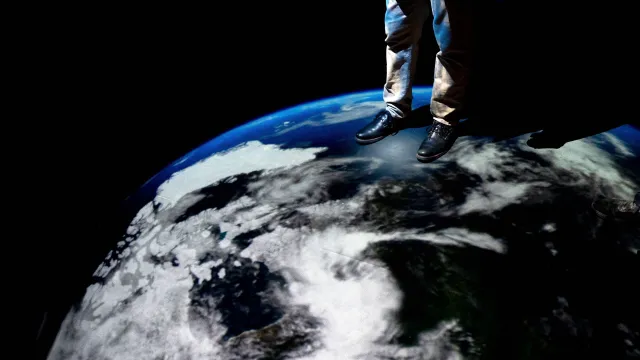Climate change is often discussed in terms of temperature graphs, sea levels, and carbon emissions. But behind the statistics are human lives. In 2025, climate migration has become one of the world’s most urgent humanitarian challenges.

Rising Seas, Shifting Homes
Coastal communities are among the hardest hit. Rising sea levels are forcing families to leave ancestral lands, uprooting traditions that have existed for centuries. Islands in the Pacific and low-lying cities are at the front lines of this crisis.
Droughts and Food Insecurity
Inland, the story is different but just as severe. Droughts are making agriculture unsustainable in many regions. Farmers are abandoning lands that no longer yield crops, joining waves of internal migrants searching for survival.
Political Tensions
Mass displacement creates new tensions between nations. Borders, already points of contention, are now challenged by climate refugees. Governments must grapple with questions of responsibility, compassion, and security.
Hope Amid Displacement
Yet amidst the crisis, resilience shines. Communities are innovating with floating schools, climate-adaptive farming, and renewable energy hubs. International aid groups are beginning to prioritize not just relief, but sustainable futures for displaced populations.
The story of climate migration is not just about loss — it is about adaptation, resilience, and a shared responsibility for a planet we all call home.

